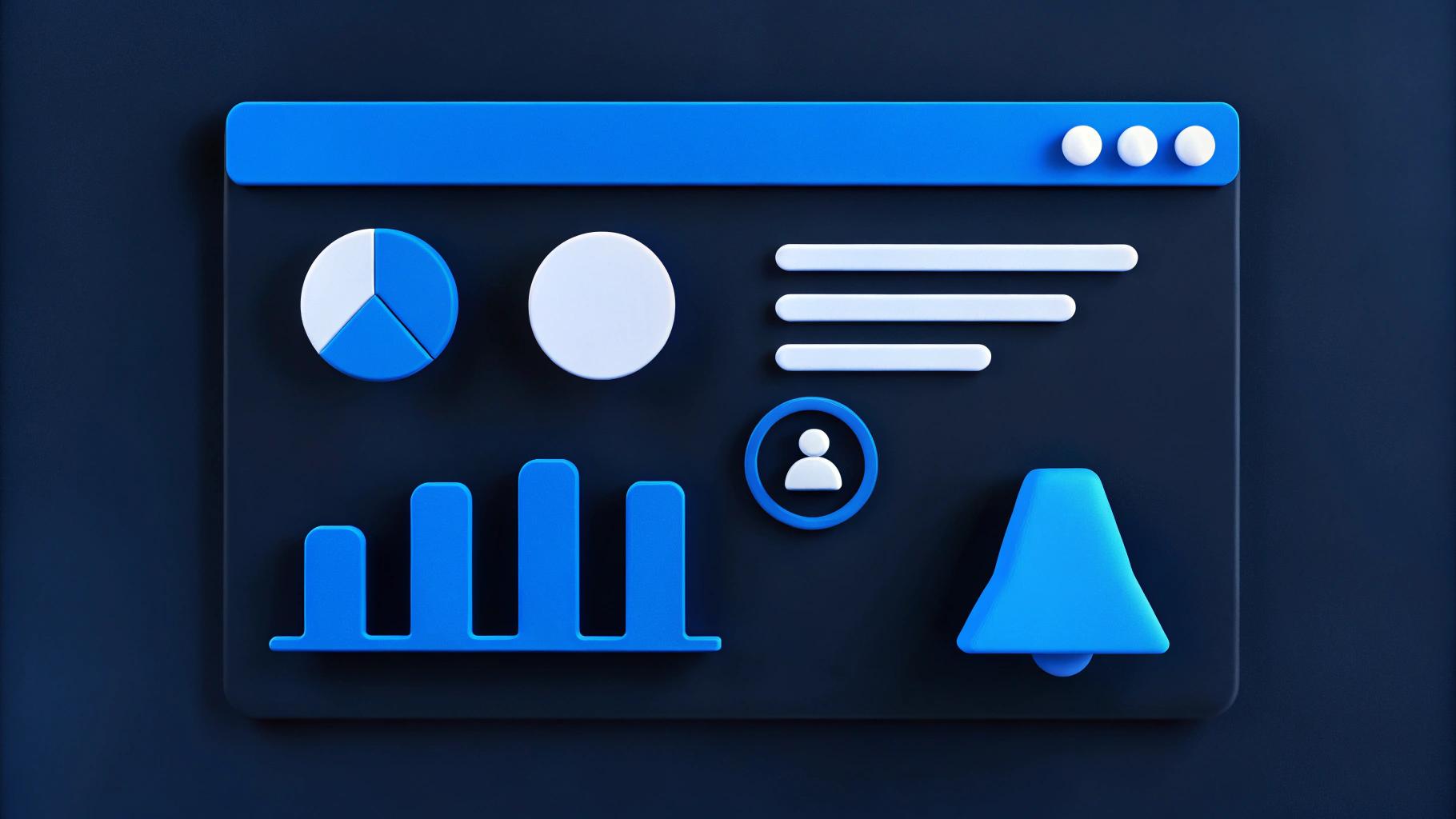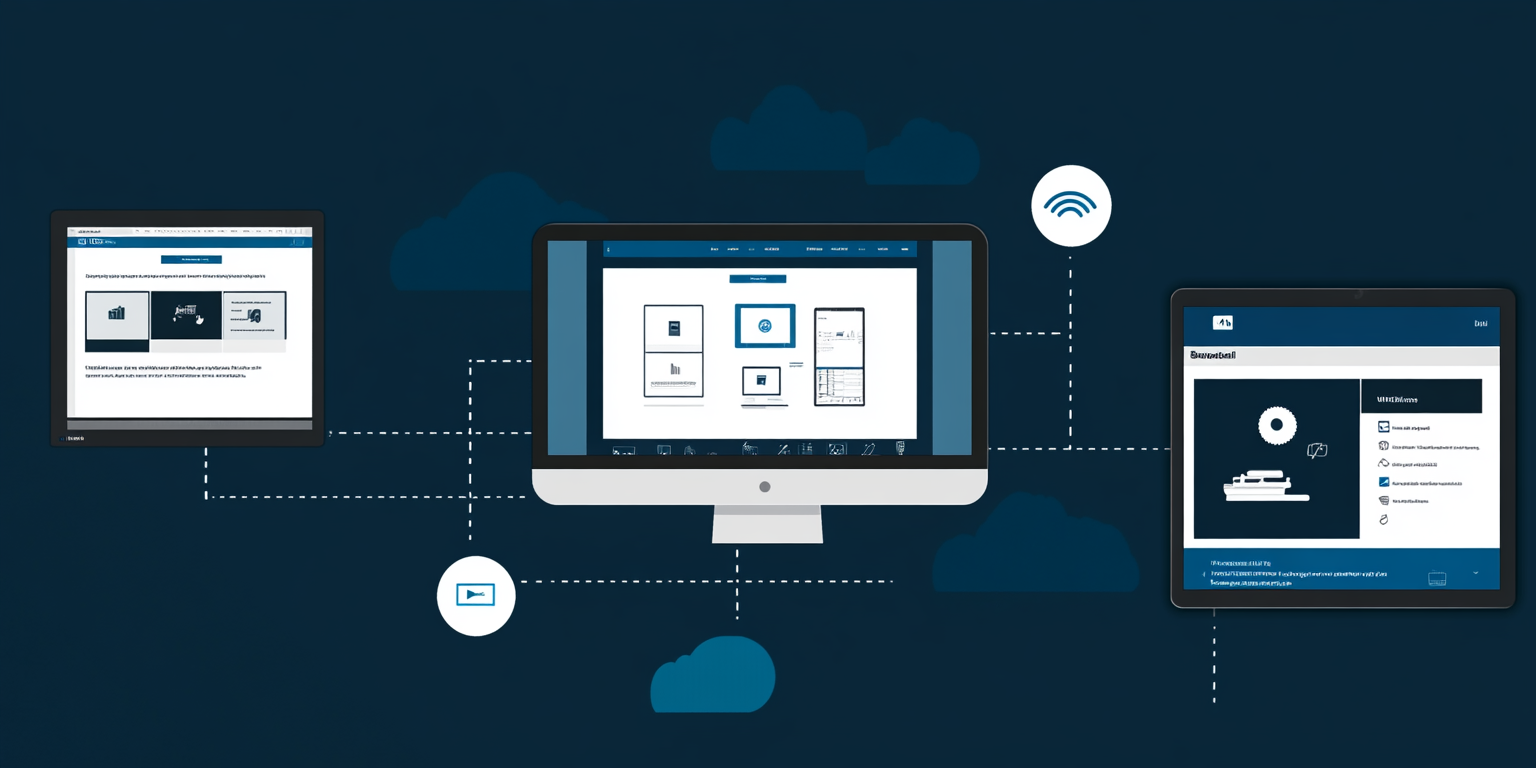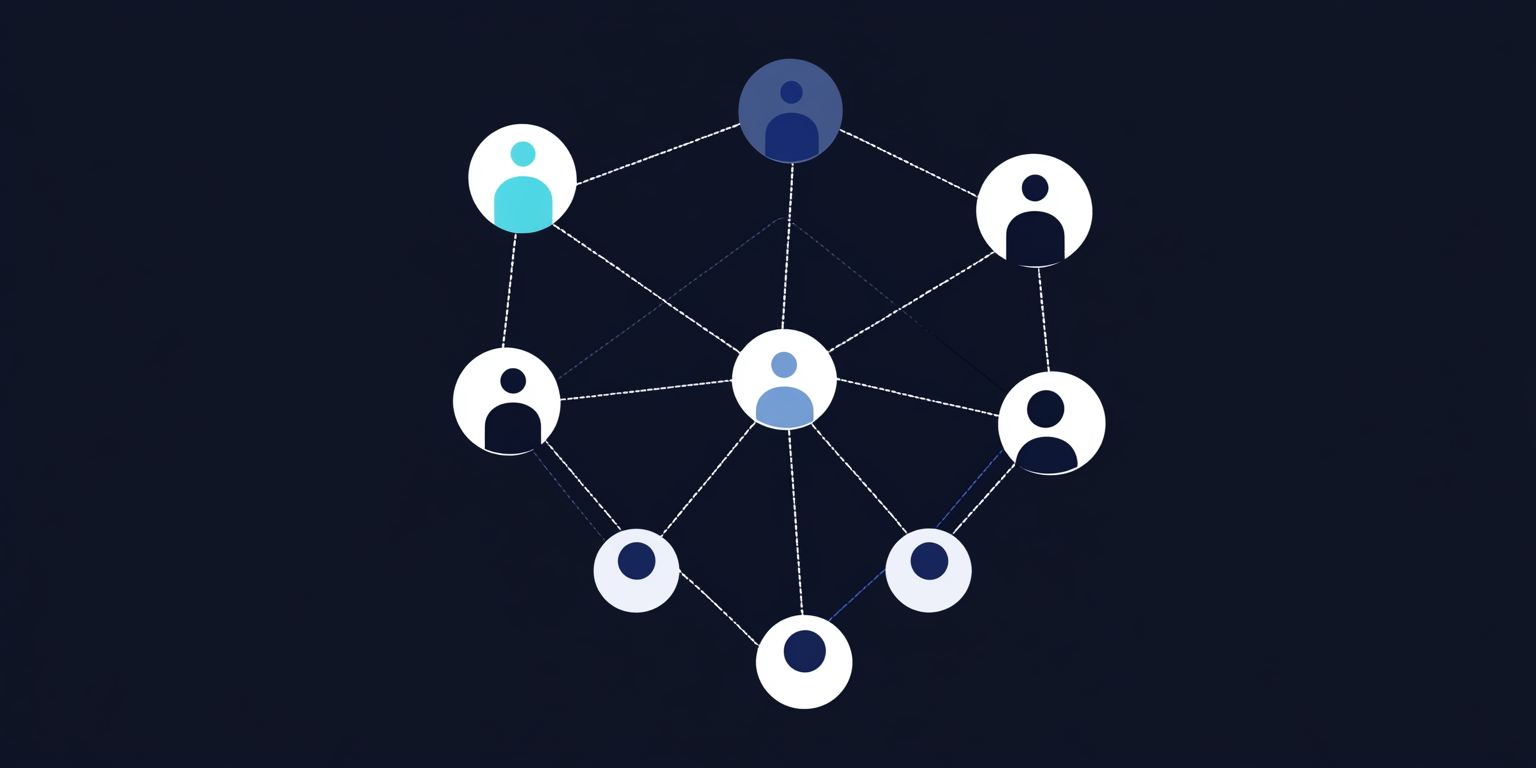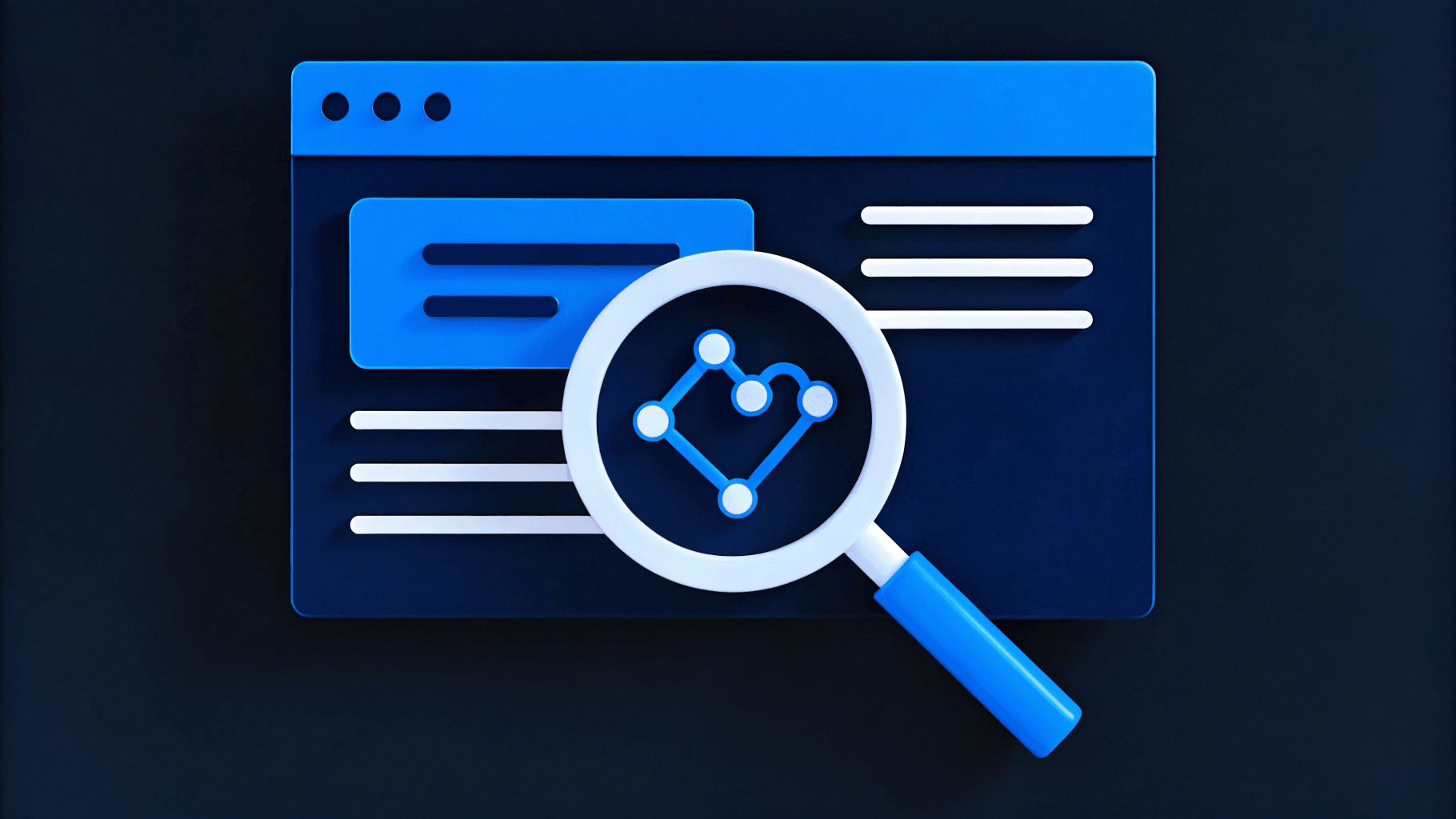Friday, July 11, 2025
AI for WebOps: Moving Fast Without Breaking Revenue-Critical Sites

Every team wants speed: marketing pushes for rapid launches, product wants fast iterations, and engineering needs stability. But when you're managing revenue-critical systems like checkout flows or paywalls, even small failures hurt. A laggy product page, a broken Stripe integration, or a missing analytics tag can create immediate revenue leaks.
The traditional approach forces teams to choose between speed and safety. AI changes this equation entirely. Instead of reacting to outages or conversion drops after deployment, intelligent systems catch issues early, predict failure patterns, and automate protective responses. This isn't just faster monitoring—it's a fundamental shift in how WebOps teams balance velocity with revenue protection.
The Root Problem: Why Revenue-Critical Systems Break
Modern web applications fail not because of random errors, but due to predictable patterns that emerge from systemic complexity. Understanding these patterns is the first step toward building AI systems that can prevent them.
The Complexity Cascade
Revenue-critical pages like checkout flows, subscription forms, and paywalls operate within increasingly complex ecosystems. A single checkout process might involve:
- Multiple JavaScript frameworks and third-party scripts
- Payment processors, fraud detection, and tax calculation services
- A/B testing tools, analytics platforms, and personalization engines
- CDNs, load balancers, and microservices architectures
When dozens of services interact across teams, small changes create unpredictable ripple effects. A minor SDK update can break mobile payments. A new marketing pixel can trigger redirect loops. A design system change can affect form validation logic.
The Staging Gap
Most failures slip through because production conditions can't be replicated in staging environments. Real-world scenarios like traffic surges, slow mobile devices, personalized content, and geographic variations expose problems that controlled testing environments miss.
The Resource Crunch
WebOps backlogs rarely shrink. Feature requests compete with security updates, design refreshes, and campaign launches. Under pressure, even basic testing gets deprioritized. Traditional reactive monitoring approaches often leave teams scrambling to diagnose issues after they've already impacted users, creating a cycle where urgent fixes consume resources that could be invested in prevention.
AI Solution Architecture: From Reactive to Predictive
AI transforms WebOps from a reactive discipline into a predictive one by analyzing patterns across three critical data streams: user behavior, system performance, and business metrics. This creates a feedback loop where each deployment becomes smarter than the last.
The Three-Layer AI Stack
Effective AI-driven WebOps relies on a layered architecture where each component serves a specific function in the predictive pipeline.
- Pattern Recognition Layer: Machine learning models analyze historical data to identify the signatures of impending failures. These models learn that checkout JavaScript errors often precede conversion rate drops, that paywall delays correlate with subscription abandonment, and that ad tag conflicts typically manifest as rendering issues on mobile devices.
- Real-Time Decision Layer: Stream processing engines monitor live telemetry to detect deviations from healthy baselines. When patterns match known failure signatures, the system triggers automated responses before users experience problems.
- Automated Response Layer: Orchestration systems execute predefined actions like traffic throttling, feature flag toggling, or complete rollbacks based on the severity and confidence of detected anomalies.
This architecture has enabled organizations to significantly reduce response times while catching revenue-impacting issues before they become visible to users, transforming reactive WebOps into proactive revenue protection.
Implementation Framework: Four Progressive Phases
Successful AI-driven WebOps implementations follow a predictable progression, with each phase building capabilities that enable the next. This phased approach minimizes risk while maximizing learning opportunities, allowing teams to develop expertise and confidence before advancing to more sophisticated automation levels.
Phase 1: Intelligent Pre-Deployment Testing
The foundation of AI-driven WebOps is smarter testing that focuses computational resources on revenue-critical flows. AI platforms analyze clickstream data and conversion funnels to identify the highest-impact user journeys, then automatically generate tests that prioritize these paths.
Implementation Steps:
- Integrate AI testing tools with your CI/CD pipeline to trigger revenue-focused test suites when pull requests touch sensitive areas
- Configure tests to fail builds when simulated checkout conversion rates drop below historical baselines or when page performance exceeds thresholds that correlate with revenue loss
- Implement risk scoring that ranks failed tests by projected revenue impact, ensuring high-risk bugs receive immediate attention
Example Test Configuration
AI-powered testing platforms can be configured to prioritize the most business-critical user flows and automatically adjust test coverage based on risk assessment. Here’s an example:
test_triggers:
- path_pattern: "/checkout/*"
test_suite: "revenue_critical"
coverage_requirement: 95%
- path_pattern: "/payment/*"
test_suite: "payment_flow"
coverage_requirement: 98%
thresholds:
conversion_rate_drop: 3%
page_load_increase: 500ms
error_rate_increase: 1%
actions:
on_failure:
- type: block_deployment
- type: notify
channel: #revenue-alerts
This configuration ensures that changes to revenue-critical paths receive appropriate testing coverage while maintaining deployment velocity for lower-risk areas.
Phase 2: Automated Release Orchestration
With intelligent testing in place, the next phase adds AI-driven release management that can automatically control deployment risk based on real-time signals.
Implementation Steps:
- Deploy canary release infrastructure that gradually exposes new code to increasing percentages of traffic
- Configure AI monitors to track conversion rates, payment success rates, and user experience metrics during rollouts
- Implement automated rollback policies that trigger when key metrics deviate from acceptable ranges
Example Policy Configuration:
Defining rollback policies as code ensures consistent enforcement and removes guesswork from deployment decisions. Here's how a typical policy configuration might look:
canary_traffic: 5%
monitor:
- metric: checkout_conversion_rate
threshold: -2%
window: 3m
- metric: payment_success_rate
threshold: -1%
window: 2m
- metric: p95_page_load_time
threshold: +300ms
window: 1m
actions:
on_violation:
- type: rollback
- type: notify
channel: #webops-alerts
This example demonstrates how to configure automated rollback policies. Teams should adjust thresholds based on their specific traffic patterns and acceptable risk levels.
Phase 3: Proactive Anomaly Detection
The third phase extends AI monitoring beyond deployments to continuously monitor production systems for emerging issues that could impact revenue.
Implementation Steps:
- Deploy AI models that correlate user behavior, infrastructure metrics, and business outcomes to detect problems before they become visible to users
- Implement smart alerting that only triggers when meaningful metrics drop in meaningful ways, reducing alert fatigue
- Create automated triage workflows that categorize issues by revenue impact and route them to appropriate teams
Smart Alert Criteria (Example Thresholds):
The key to effective anomaly detection is setting alert thresholds that balance sensitivity with practicality, ensuring teams focus on issues that truly matter to the business.
- Conversion rate drops ≥3% for ≥5 minutes with affected traffic >1,000 sessions
- Payment failure rates increase ≥2% for ≥3 minutes
- Revenue per session decreases ≥5% for ≥10 minutes in any major traffic segment
These example thresholds demonstrate how to eliminate noise while ensuring that every alert represents a genuine threat to business performance. Specific thresholds should be calibrated based on your site's traffic patterns and business requirements.
Phase 4: Self-Healing Systems
The final phase creates systems that can automatically resolve common issues without human intervention, while maintaining appropriate oversight and audit trails.
Implementation Steps:
- Implement automated remediation for common failure patterns (cache clearing, service restarts, traffic rerouting)
- Create approval workflows for high-impact changes that require human oversight
- Build comprehensive audit logs that track all automated actions for compliance and post-incident analysis
Example Self-Healing Configuration
Self-healing systems can automatically resolve common issues while maintaining appropriate human oversight for complex scenarios. Here’s an example of of a self-healing configuration:
remediation_rules:
- trigger: "checkout_errors > 5% for 2m"
actions:
- type: clear_cache
target: "payment_service"
- type: restart_service
target: "checkout_api"
approval: auto
- trigger: "database_latency > 2s for 5m"
actions:
- type: scale_replicas
target: "db_read_replicas"
from: 3
to: 6
approval: auto
- trigger: "revenue_drop > 10% for 3m"
actions:
- type: rollback_deployment
approval: human_required
timeout: 10m
This configuration enables rapid response to common issues while escalating complex problems to human decision-makers when automated solutions aren't sufficient.
Governance Framework: Balancing Automation with Control
AI-driven WebOps requires careful governance to ensure that automation enhances rather than replaces human judgment. The key is establishing clear roles, responsibilities, and approval workflows that maintain velocity while protecting against unintended consequences.
Role-Based Responsibility Matrix
Effective AI-driven WebOps requires clear accountability structures that define who makes what decisions and when. This matrix ensures that automation enhances team capabilities without creating confusion about ownership or approval authority.
AI Agent Responsibilities:
- Flag anomalies and performance deviations
- Propose rollback strategies and remediation actions
- Log all automated decisions for audit review
- Generate real-time reports on system health and business impact
WebOps Engineer Responsibilities:
- Configure AI policies and alert thresholds
- Review and approve automated remediation scripts
- Maintain deployment pipelines and monitoring infrastructure
- Conduct post-incident analysis and system improvements
Product Owner Responsibilities:
- Approve changes that affect user experience or business logic
- Define acceptable risk levels for different types of deployments
- Prioritize feature development based on AI-generated insights
- Ensure that automated actions align with business objectives
Marketing Team Responsibilities:
- Monitor campaign performance and brand alignment
- Approve content changes and experimental variations
- Provide feedback on user experience impacts
- Coordinate promotional timing with deployment schedules
Automated Decision Framework
Not all automated decisions carry the same risk or require the same level of oversight. This framework categorizes actions by potential impact and defines appropriate approval workflows for each level.
Critical decisions follow a structured approval process based on potential impact:
Low-Risk Actions (Auto-Execute):
- Performance optimizations that improve metrics
- Security patches that don't affect user experience
- Minor configuration changes within predefined bounds
Medium-Risk Actions (Auto-Execute with Alert):
- Traffic throttling during anomaly detection
- Feature flag toggles for experimental features
- Rollbacks of recent deployments with clear failure signals
High-Risk Actions (Human Approval Required):
- Complete system rollbacks affecting core functionality
- Changes to payment processing or security systems
- Modifications that could impact compliance or legal requirements
Audit and Compliance Integration
Automated systems require comprehensive logging and audit trails to meet regulatory requirements and support post-incident analysis. This framework ensures accountability without slowing operational velocity.
Every automated action generates detailed logs that include:
- Decision rationale and supporting data
- Approval chain and timing
- Impact assessment and rollback procedures
- Post-action performance analysis
These logs integrate with existing SIEM systems and compliance frameworks, ensuring that AI-driven automation meets regulatory requirements while maintaining operational transparency. Industry best practices suggest combining alert thresholds with volume floors to reduce false positives and focus on business-critical issues.
Technology Integration: Building AI-Ready Infrastructure
Successful AI-driven WebOps requires infrastructure that can support real-time decision-making while maintaining the flexibility to evolve with changing requirements.
Core Technology Requirements
Building AI-ready WebOps infrastructure requires specific architectural patterns and capabilities that support real-time decision-making while maintaining flexibility for future evolution.
- Composable Architecture Foundation: Modern AI-driven WebOps depends on composable systems that can evolve without requiring complete rebuilds. Headless CMS platforms like Contentful, visual editors like Storyblok, and microservices architectures provide the modularity necessary for AI integration.
- Real-Time Data Pipeline: AI systems require continuous access to user behavior, system performance, and business metrics. This means implementing streaming data architectures that can process and analyze information with sub-second latency.
- Unified Observability Platform: Traditional monitoring silos prevent AI systems from detecting cross-system patterns. Unified platforms that correlate logs, traces, metrics, and business data enable more accurate anomaly detection and root cause analysis.
- Flexible Deployment Infrastructure: AI-driven release management requires infrastructure that supports canary deployments, feature flags, and instant rollbacks. Platforms like Vercel and Netlify provide these capabilities natively, while traditional hosting requires additional tooling.
Typical Success Metrics and ROI Calculation
Measuring the effectiveness of AI-driven WebOps requires tracking both technical performance improvements and business impact metrics that demonstrate return on investment.
Technical Performance Indicators
These metrics track the operational efficiency of your AI-driven WebOps systems, measuring how quickly and accurately they detect and resolve issues.
- Mean-time-to-detection: Commonly targeted at <5 minutes for revenue-impacting issues
- Mean-time-to-resolution: Often targeted at <15 minutes for automated remediation
- False positive rate: Generally targeted at <10% for critical alerts
- Deployment success rate: Typically targeted at >95% for automated releases
Business Impact Metrics
These metrics demonstrate the tangible business value of AI-driven WebOps by tracking improvements in revenue protection, team productivity, and customer experience.
- Revenue protection: Dollars saved through early issue detection
- Velocity improvement: Increase in deployment frequency without quality degradation
- Team efficiency: Reduction in manual monitoring and response time
- Customer experience: Improvement in page load times and conversion rates
Building Sustainable AI-Driven WebOps
The shift to AI-driven WebOps eliminates the traditional speed-versus-stability trade-off by creating systems that become more reliable as they move faster. When implemented progressively, AI creates a virtuous cycle where faster deployments generate better data, enabling more accurate predictions and supporting even faster deployments. Organizations that master this balance don't just solve the velocity-reliability dilemma—they eliminate it entirely.
At Webstacks, we've helped fast-growing companies like Calendly, ServiceTitan, and Freshworks transform their web operations through composable architectures that naturally support AI-driven monitoring and automation. Our tech-agnostic approach allows us to integrate intelligent WebOps capabilities into any tech stack, whether you're using Gatsby, Next.js, or headless CMS platforms like Contentful.
Build AI-powered web operations that protect your revenue while accelerating growth. Book a strategy call with our team to discover how composable architecture and intelligent monitoring can eliminate deployment risk for your revenue-critical systems.




